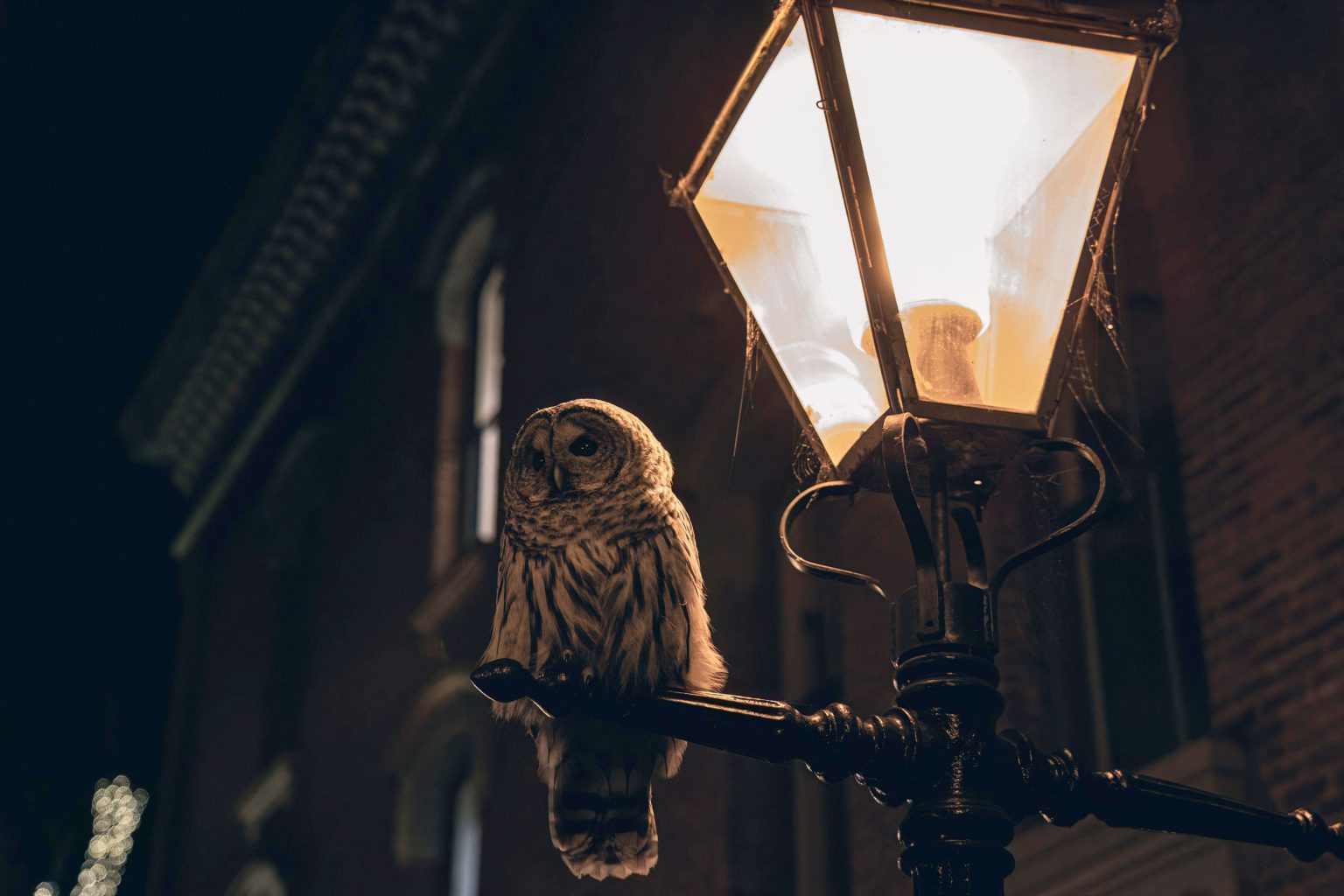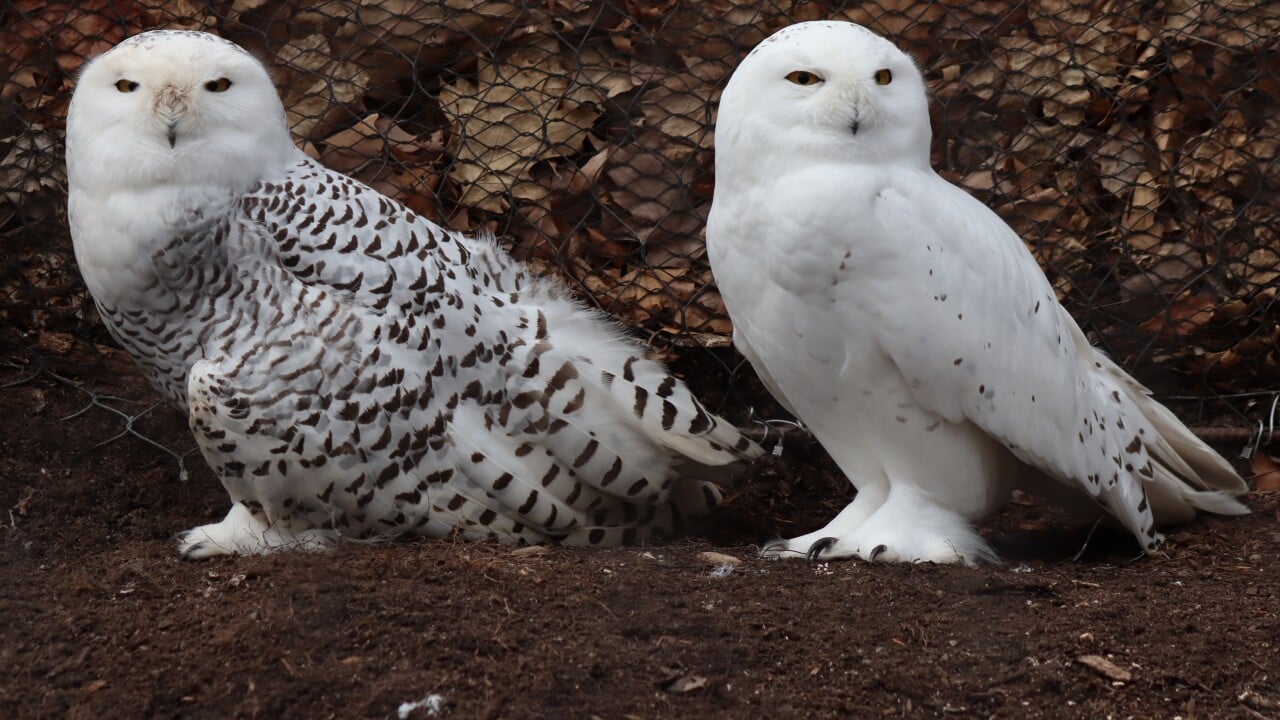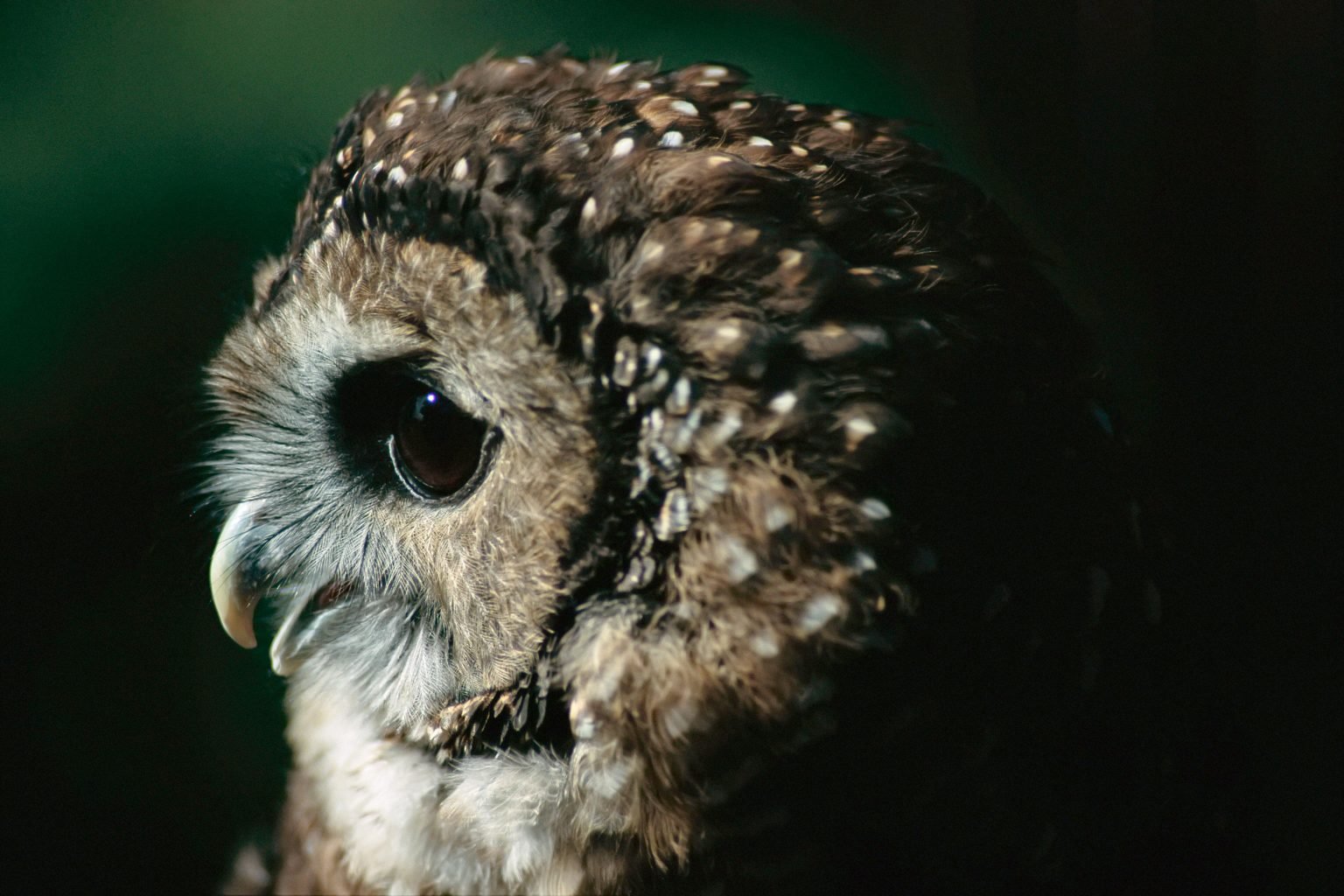Wherever you go, there they are.
Over the past century or so, barred owls have swooped across North America from east to west, inspiring wonder, admiration, and fear about the future of other owls, often all at once. Their story is complicated, as are the labels people attach to them. Are they native or not? And what can their presence in the Pacific Northwest reveal about what it means to belong to a place at this particular moment in history?
Came across this very nice article about the Barred Owl.
As opposed to most recent articles about the Barred Owl being about the pending elimination of a large chunk of the western population of them, this article focuses on how the Barred Owl made its westward journey, why they have been so successful, and the problems resulting from environmental changes expanding the habitat of one species while shrinking it for others.
There are many great facts and photos. It's not written in a clickbait style. It's a longer article, but it's not fluffed up, just full of info. I really recommend you give it a read.


